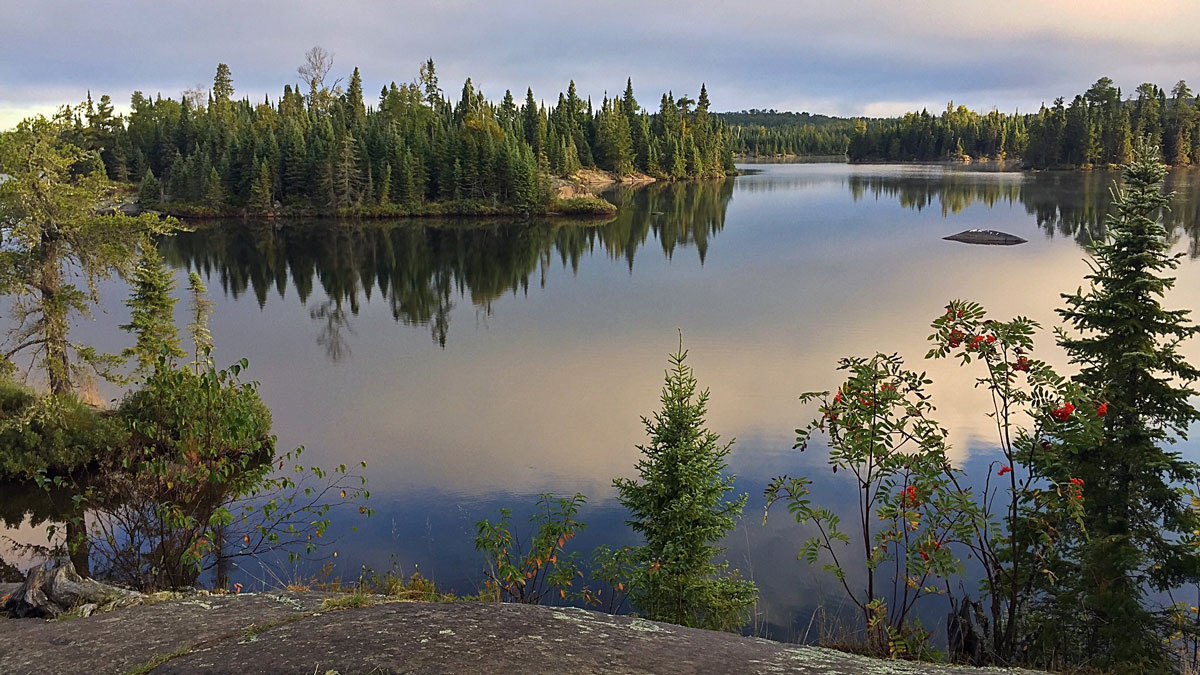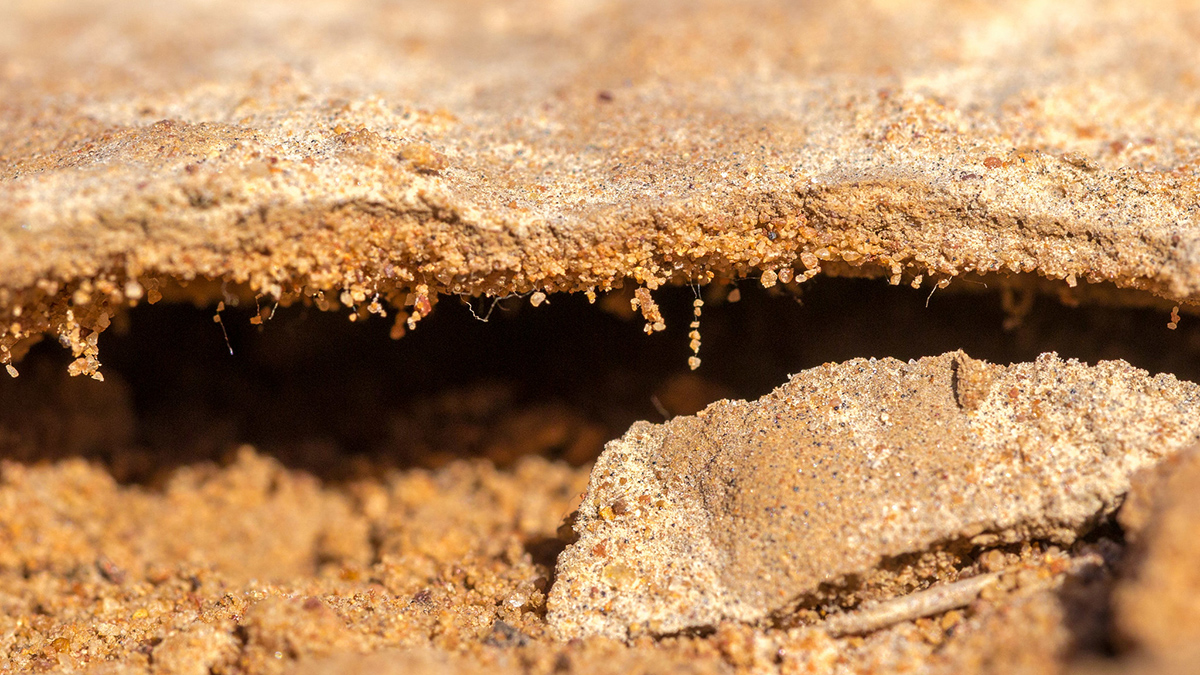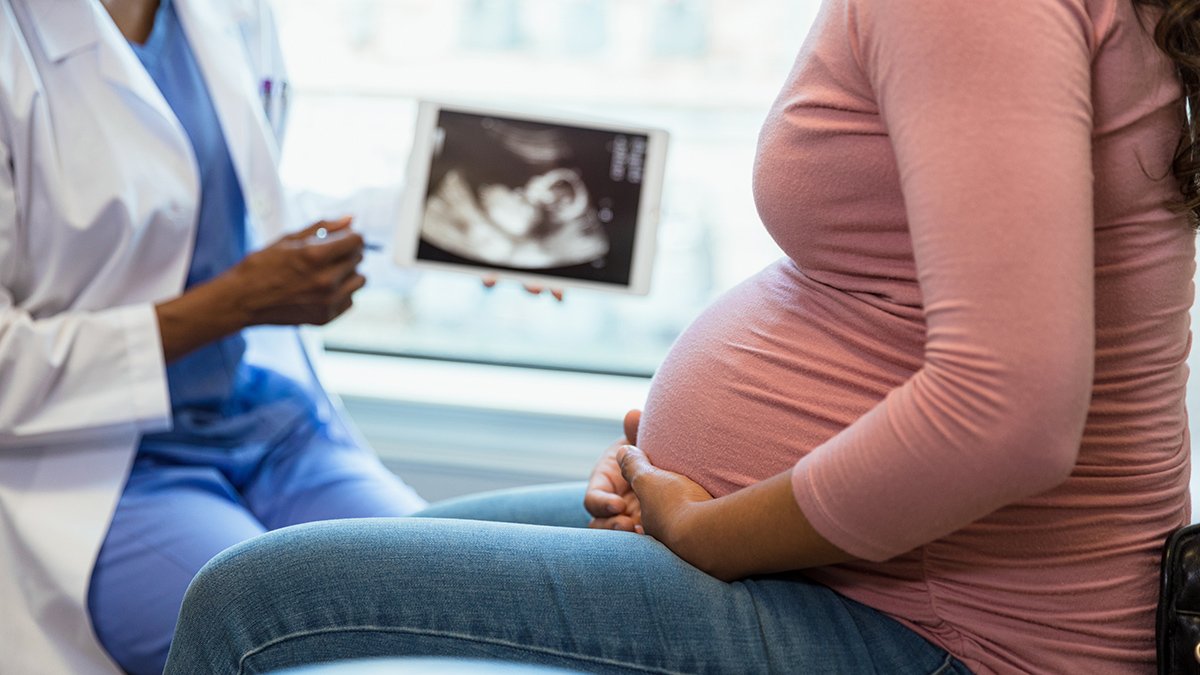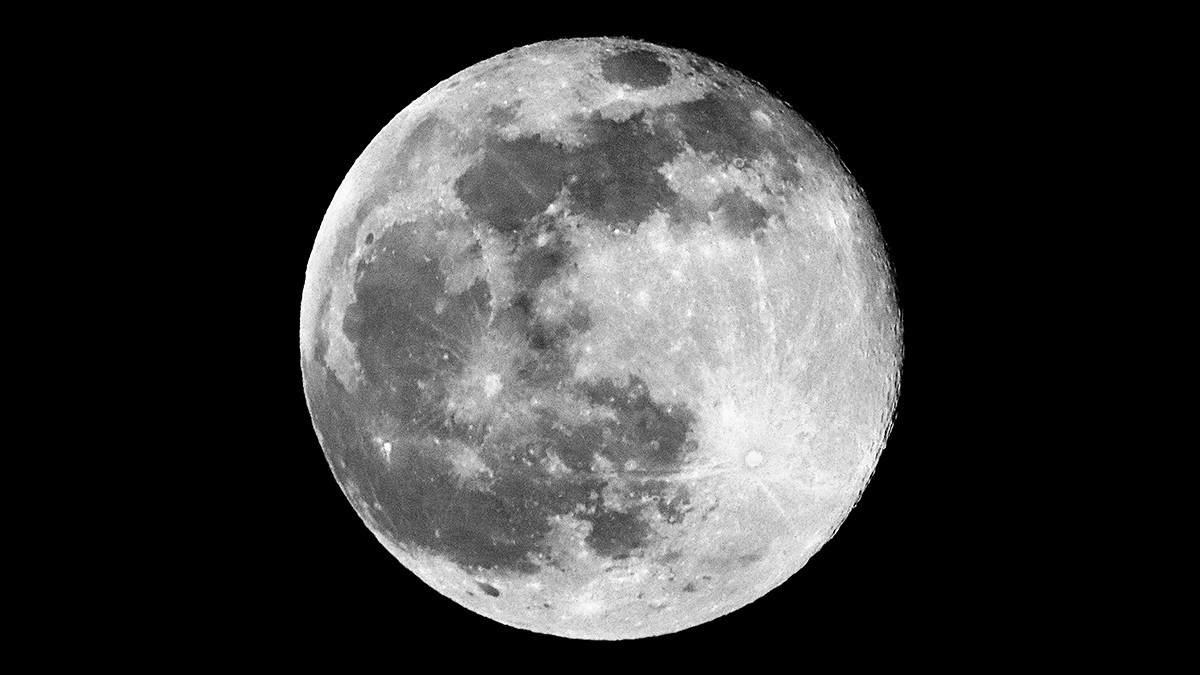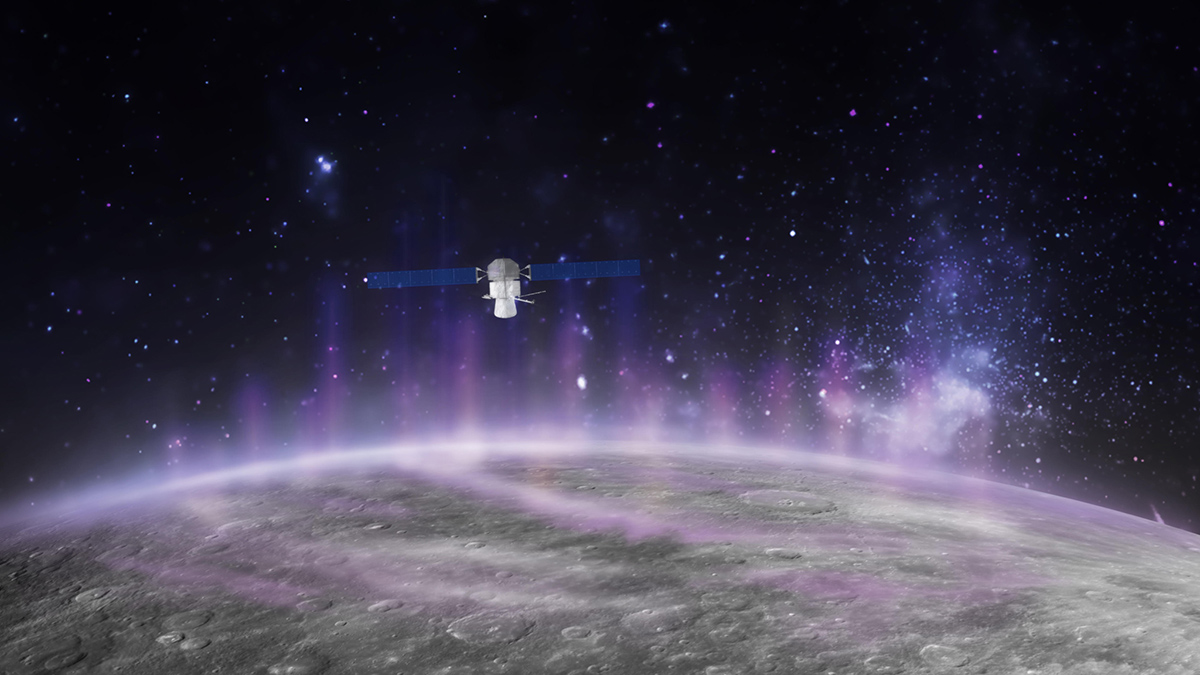Across the country, voters approved spending billions of dollars on climate resilience and conservation.
partner content
On the Wisconsin-Iowa Border, the Mississippi River Is Eroding Sacred Indigenous Mounds
A multimillion-dollar bank stabilization project could protect historic sites dating back thousands of years.
The Dirt on Biocrusts: Why Scientists Are Working to Save Earth’s Living Skin
Think twice before stepping on that crunchy top layer of soil. It may be a vital ecosystem—one that you can help protect.
“How Did We Miss This for So Long?” The Link Between Extreme Heat and Preterm Birth
Heat waves are making pregnancy more dangerous and exacerbating existing maternal health disparities.
Rain Comes to the Arctic, With a Cascade of Troubling Changes
Rain used to be rare in the Arctic, but as the region warms, so-called rain-on-snow events are becoming more common. The rains accelerate ice loss, trigger flooding, landslides, and avalanches, and create problems for wildlife and the Indigenous people who depend on them.
Planting Trees May Not Be as Good for the Climate as Previously Believed
The climate benefits of trees storing carbon dioxide is partially offset by dark forests’ absorption of more heat from the Sun, and compounds they release that slow the destruction of methane in the atmosphere.
La Luna es incluso más antigua de lo que los científicos pensaban
¿Cómo se formó la Luna y cuántos años tiene? La datación más precisa hasta el momento del satélite más grande de la Tierra determinó que es mucho más antigua de lo que se pensaba previamente.
The Moon Is Even Older Than Scientists Thought
How did the Moon form and how old is it? The most precise dating yet of Earth’s largest satellite found that it is much older than previously thought.
Dramatic Flyby Confirms That Mercury’s Radioactive Aurora Touches the Ground
Data collected by the BepiColombo spacecraft traces the causes of the strange aurora, which course through the planet’s weak magnetosphere.
When the Woods Get Noisy, the Animals Get Nervous
New study uses trail cameras and speakers to isolate what human sounds do to animals.

